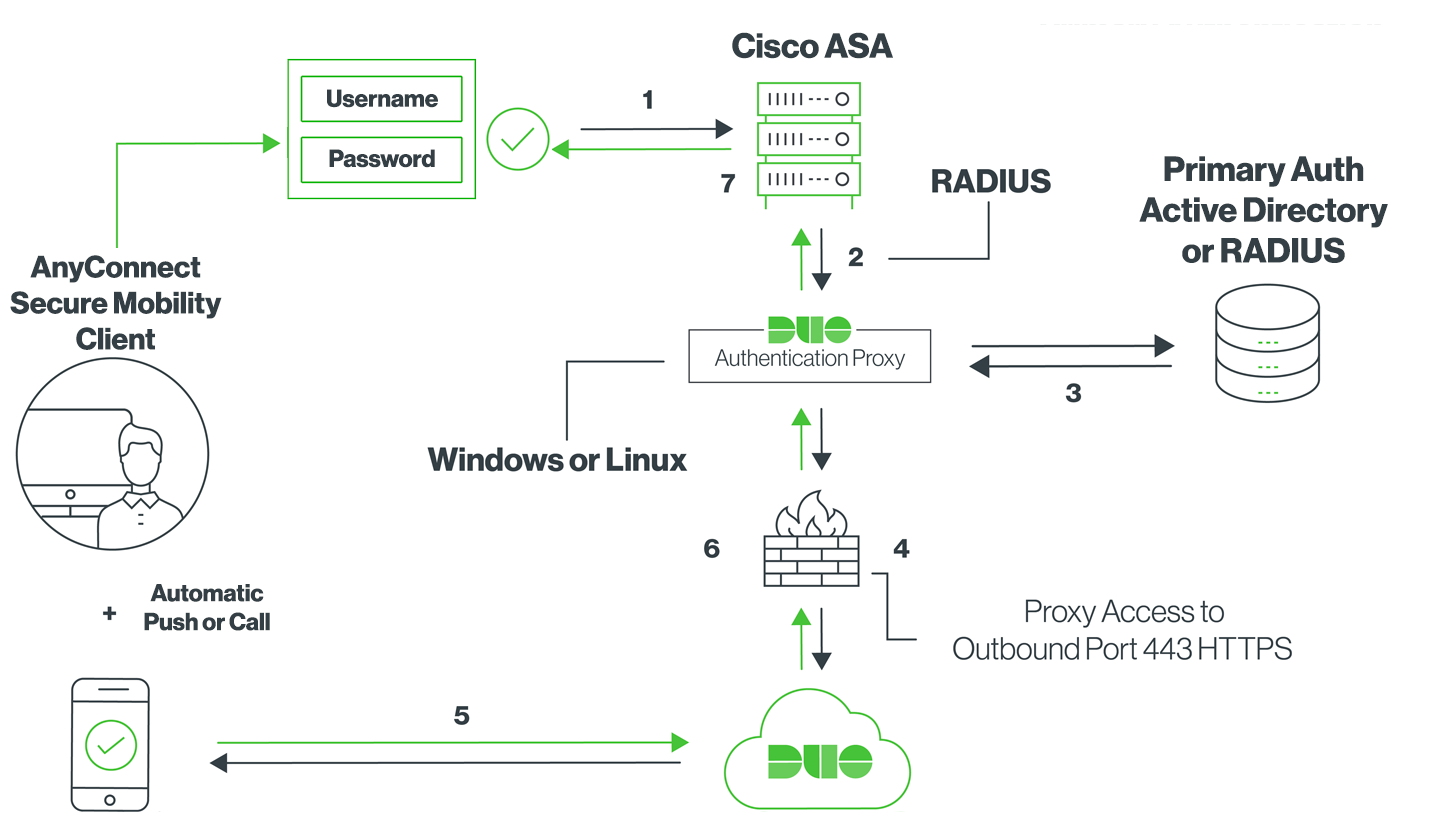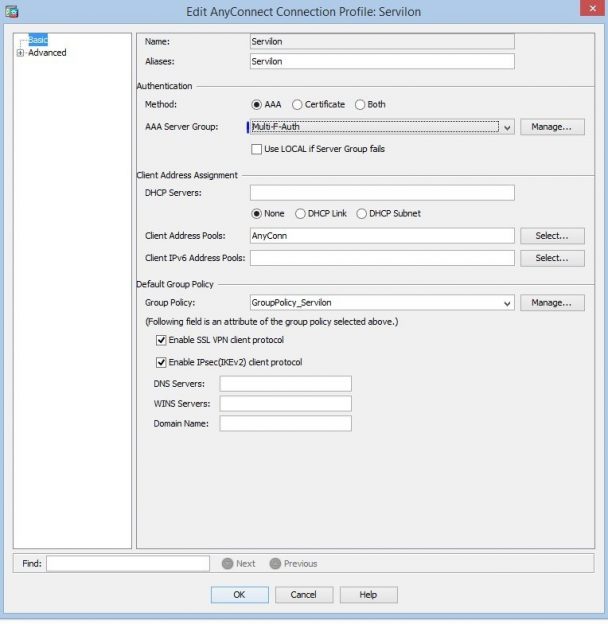
- #SETUP ANYCONNECT VPN ACCESS ON RADIUS SERVER HOW TO#
- #SETUP ANYCONNECT VPN ACCESS ON RADIUS SERVER INSTALL#
- #SETUP ANYCONNECT VPN ACCESS ON RADIUS SERVER FULL#
- #SETUP ANYCONNECT VPN ACCESS ON RADIUS SERVER SOFTWARE#
#SETUP ANYCONNECT VPN ACCESS ON RADIUS SERVER HOW TO#
How to use Windows Server to Distribute Certificates to Client Computers by Using Group Policy
#SETUP ANYCONNECT VPN ACCESS ON RADIUS SERVER INSTALL#
Method 1: Install the certificate on all employee PC's by pushing it via Windows Server Group Policy (ideal for anything over 10 VPN users): Install the Root CA Certificate on employee Windows/Mac PCs Go to and follow the below steps to download your Windows Server Root CA Certificate:Ĭlick Download a CA certificate, certificate chain, or CRLĬlick Download Certificate and rename it to 'RootCAcert3.cer' Their PC will trust the connection in their browser and An圜onnect Client. This will make sure they can connect securely to the FTD over the internet and access internal resources from home. The Client PC's will trust this Root CA to connect securely to the FTD via VPN (see steps below). In this document, we will use Microsoft Windows Server 2012 as our Root CA for certificates.
#SETUP ANYCONNECT VPN ACCESS ON RADIUS SERVER FULL#
In this use case, the employee's Windows/Mac PC running the Anyconnect VPN Client will connect to the outside public IP address of the FTD firewall, and Cisco ISE will dynamically grant them limited or full access to certain internal or internet resources (configurable) once they are connected via VPN depending on what AD Group they are a member of in Active Directory DeviceĬonfiguration Export the Root CA certificate from Windows Server


#SETUP ANYCONNECT VPN ACCESS ON RADIUS SERVER SOFTWARE#
The information in this document is based on these software versions: only users in the AD Group 'Employees' will be able to VPN into the company network. The FTD will check their username and password against Cisco ISE (which will check with Windows Server Active Directory to verify their username, password, and group i.e. In our example below, employees will open the An圜onnect Client on their Windows/Mac PC, and they will securely connect to the outside interface of the FTD via VPN using their credentials. Windows Server (with Active Directory) deployed and employees' Windows/Mac PC's joined to the AD (Active Directory) domain.Cisco ISE deployed and running in your network.Firepower Management Center and Firepower Threat Defense firewall deployed with basic connectivity.You must have the following deployed and running in your network: the employee PC will trust the certificate of the FTD because the FTD VPN certificate has been signed by our Windows Server 2012 Root CA Prerequisites Requirements We use a Windows Server 2012 as our Root CA (Certificate Authority) so that the communication over VPN is secured by certificates i.e. This document describes how to configure An圜onnect VPN (Virtual Private Network) on an FTD (Firepower Threat Defense) firewall using Cisco ISE (Identity Services Engine) as a RADIUS server. Welcome to not just Thursday but also Superhero Day! While the name may bring to mind thoughts of characters such as Wolverine, Batman, Wonder Woman, and Black Panther, at least for. Snap! Top exploited vulns, Black Basta, PII in search results, & Jessica Watkins Spiceworks Originals.What particular SOX metrics they might need to report on for senior manag. Quarterly/annually on SOX metrics, and hopefully to get some understanding on Good day,I’m looking for help from members who may have to report As of right now, the cards have:Company Name, Employee Picture, Department, and Company Address.From a security standpoint, is it a good idea to have the add. I inherited the responsibilities of our keycard systems and ID printing & design from facilities.

The physical machine houses one legacy pro.

What is the best way to clone a physical server over to a VM so that none of the devices on the network realize that anything has changed?I'd like to copy a physical Server 2019 machine onto a VM on another host. Copying a non-virtual server into a VM Windows.


 0 kommentar(er)
0 kommentar(er)
